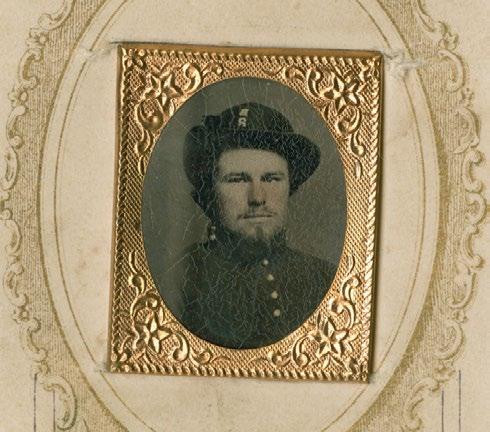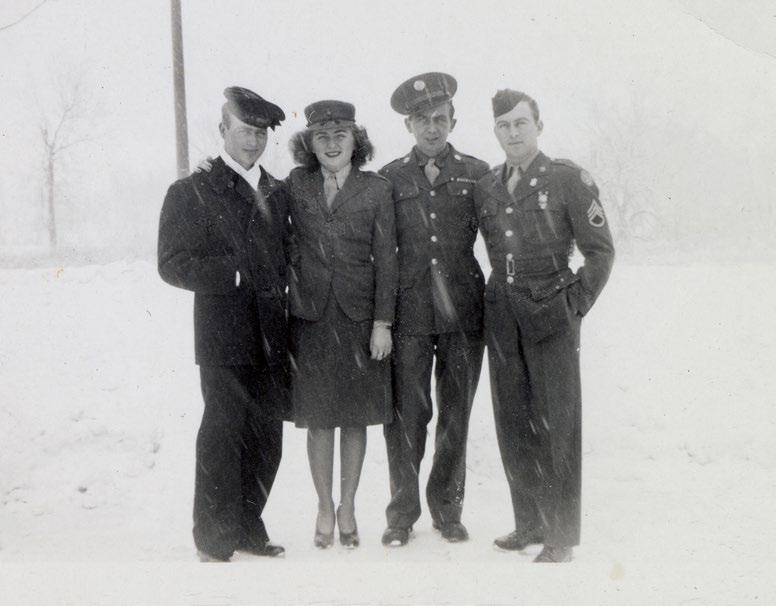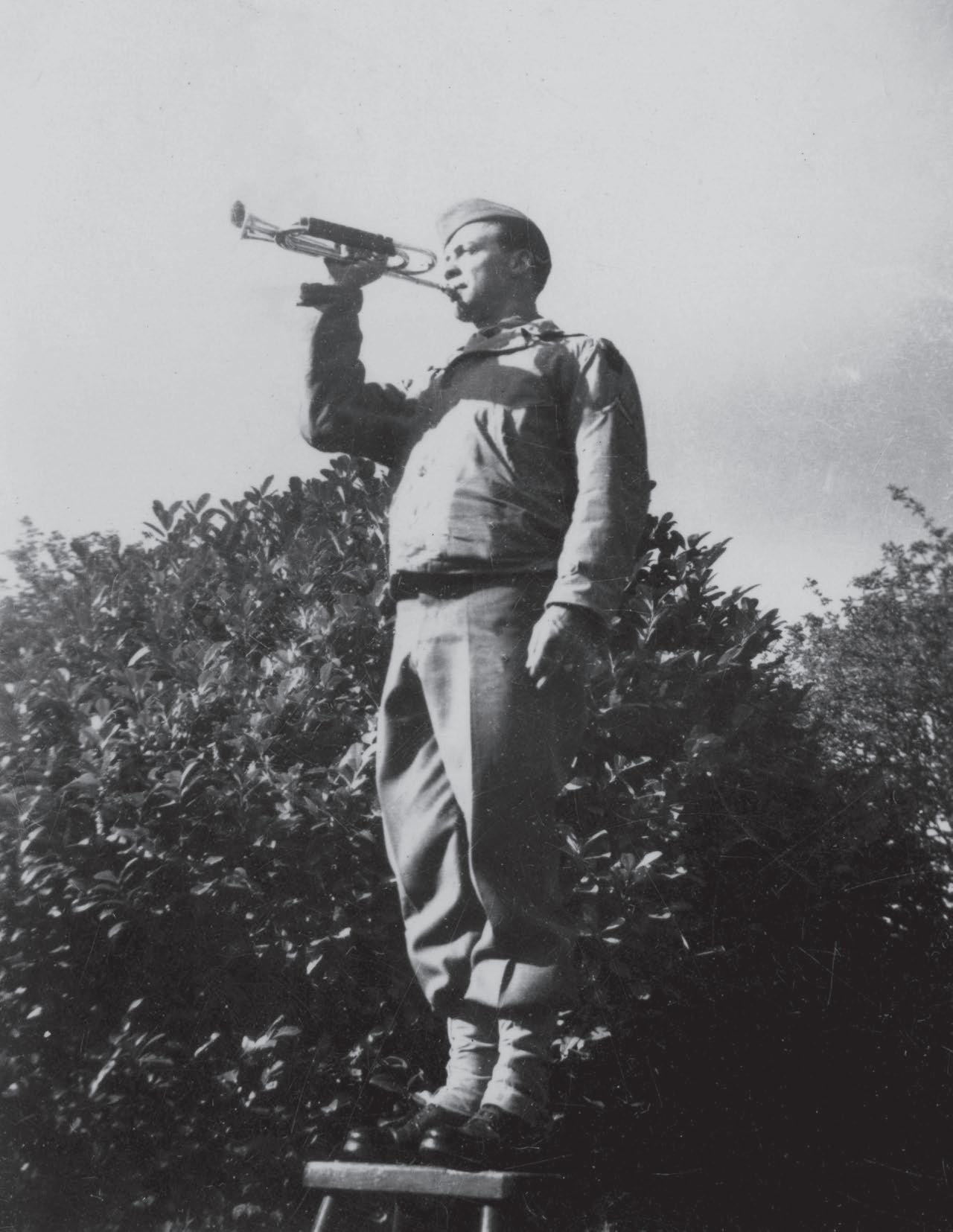
2 minute read
Family-Style Service
Stories of Wisconsin Military Families
By Brittany Strobel Processing Archivist
Advertisement
Collections in the Wisconsin Veterans Museum archives document the experiences of service members through their life in service, and after as veterans. Letters, diary entries and photographs form the cornerstone of most collections. By their personal nature, these documents introduce us to other players in their life story, especially family members and friends. Letters to and from family, friends, and fellow veterans allow readers to experience a fuller picture of service through the eyes of a veteran. Part of our work to preserve the stories of Wisconsin veterans is to help families connect with history through those family stories. We help people with genealogy, provide copies of collections for families, and occasionally surprise people with stories of their veterans. This is a small sampling of the appearance of families within the museum archives.
The McNown Family
The Manicke Family
John McNown, born on the Isle of Man, moved to Lemonweir, Wisconsin through Canada, with his wife Jane [Bagnell] and six of their eight children, two of whom were born in Wisconsin. When they arrived in 1833 and started farming, the McNown family was one of the first settling families in the area. On October 9, 1861, John McNown enlisted in Company F, 16th Wisconsin Infantry Regiment. Shot and carried off the field at the Battle of Shiloh, John died from his wounds and was buried in what became the Shiloh National Cemetery at Shiloh, Tennessee. His son Isaac A. McNown, a resident of Mauston, Wisconsin, joined Company B, 2nd Wisconsin Cavalry Regiment following the death of his father in 1862.
The image of John, housed in a tintype case, has been printed on glass with a flaking back. The image is a copy print of an original tintype. When examining the photograph, the decorative metal frame of the original tintype can be seen in the image, which is distinctly different from the metal frame of the glass reproduction. While cartes-de-visite were reproducible, tintypes are a direct process, resulting in a single image with no negative to re-print. If there was any desire for additional portraits, families and photographers had to be creative to reproduce the one-of-a-kind photographs. The image of Isaac is a gemtype, which is a tintype on 1/16th of the image sheet, and has been mounted onto paper backing and framed with a smaller metal frame.

Stanley and Lucy Manicke had nine children four boys and five girls all born in Thorp, Wisconsin. Featured here are four of the Manicke siblings: Daniel, Lillian, Paul and Stanley Jr., in a photograph noted to have been taken in Hartland, Wisconsin where the Manicke parents had moved to during World War II. Daniel served as an electrician’s mate in the navy aboard the USS Eldorado and LST 25. Lillian served as a clerk-typist in the United States Marine Corps Women’s Reserve. Paul served as a clerk-typist with the Army Air Force in the South Pacific. Stanley Jr. served as a litter bearer with the 436th Medical Collecting Company in Europe. All four siblings returned to Wisconsin after their service, with a younger brother John serving in the army post-World War II.

The Aronson Family
Brothers George, Leonard, Maurice, and Sammy Aronson served in World War II. While in service, the four brothers wrote home to their brother, Harry, who operated a clothing store in their hometown of Oconto, Wisconsin. George, born in 1919, served in Europe in the Quartermasters Corps; Leonard, born in 1916, served with the 14th Infantry Division; Sammy, born 1921, served in the 955th Field Artillery Battalion; Maurice, born 1925, served in an Armored Division. While in Europe, Sam and Leonard were able to meet up on furloughs. A younger brother, Arthur, born 1930, served in the Korean War.







